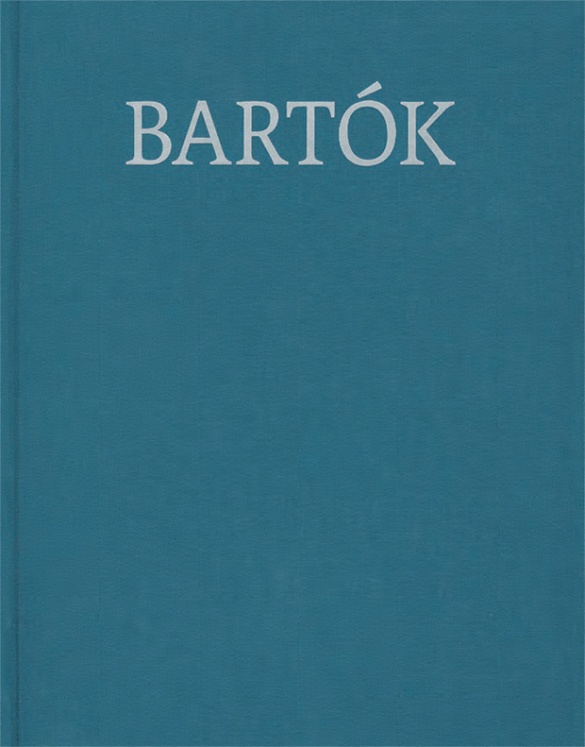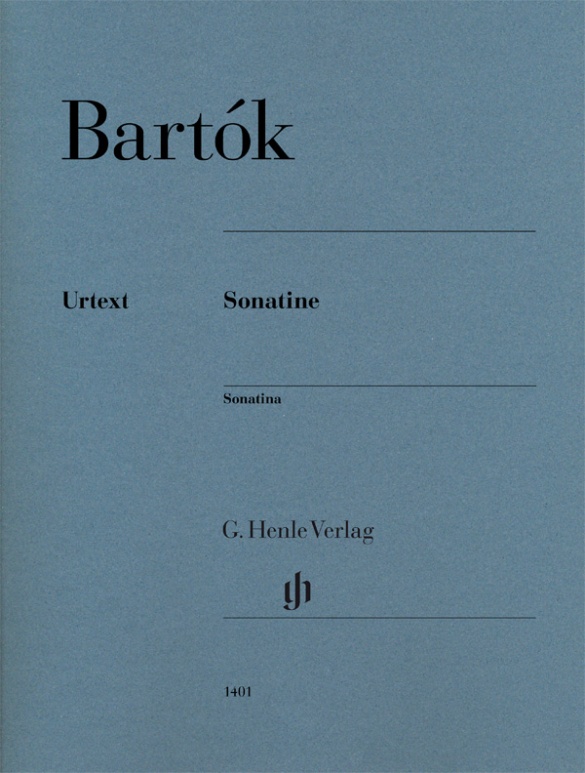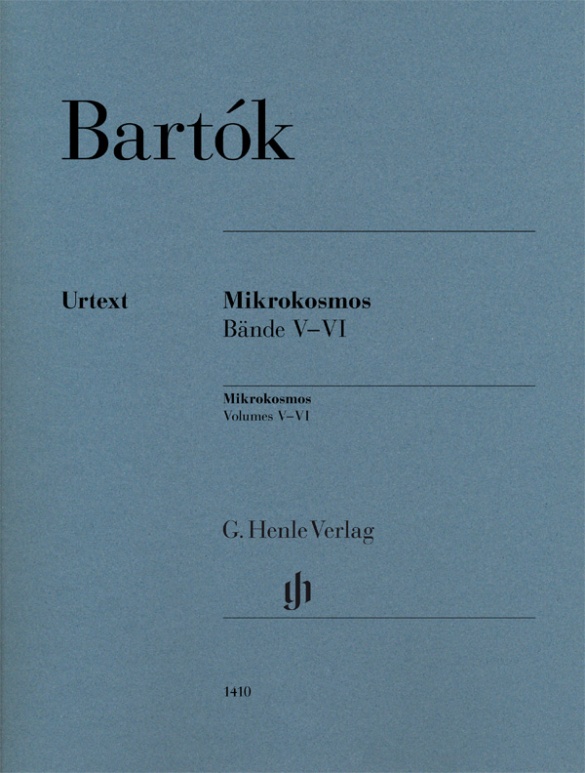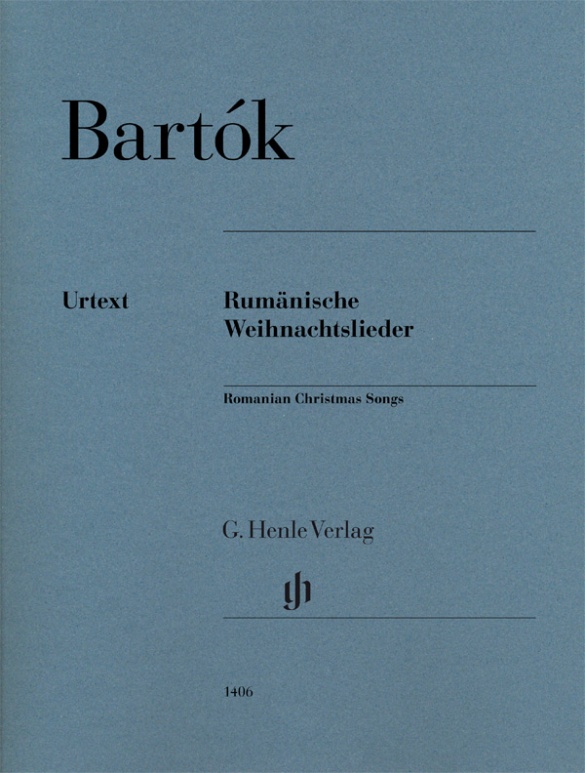

Béla Bartók
Romanian Christmas Songs
Bartók’s "Romanian Christmas Songs" are based on folk melodies that originated in a pagan celebration of the winter solstice, and which he felt gave “the impression of a fiery, war-like type of song, rather than a pious and religious one”. Nevertheless, he chose 20 melodies from this collection of “colinde” and published them under the title of “Christmas Songs”. In the first edition of 1918 they were conceived for children’s hands and so were published “without octaves”; but in his revised edition of 1936, which we present here, Bartók added an appendix featuring alternative “concert versions”, confirming that these miniatures are also perfectly suited for public performance. Our Urtext edition is based on that of the Bartók Complete Edition, and for the first time integrates these concert variants directly into the musical text. We also offer the original melodies and translations of the texts of these colinde to provide an insight into the origins of this rather different kind of Christmas music.
Content/Details
About the Composer
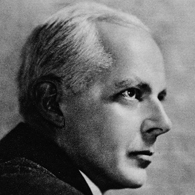
Béla Bartók
This composer, who numbers among the most important musical figures in the first half of the twentieth century, is known principally for his research into Hungarian folk music, the elements of which he incorporated into his style. His broad oeuvre includes numerous works for orchestra, piano, and chamber ensembles, as well as choral music; songs with piano accompaniment; and an opera.
| 1881 | Born in Nagyszentmiklós on March 25. First piano instruction from his mother. |
| 1893–ca. 1896 | Piano studies with László Erkel in Pressburg (Bratislava). |
| 1899–1903 | Studies piano and composition at the Budapest Academy of Music. Symphonic poem “Kossuth” in 1903. |
| from 1905 | Together with Zóltan Kodály he begins scientific field research into Hungarian folk music and thereby refutes conventional notions. He becomes acquainted with the music of Debussy. |
| 1905–07 | Suite No. 2, Op. 4, for small orchestra. |
| 1907–34 | Professor of piano in Budapest. |
| 1908–09 | “For Children,” 85 transcriptions of folk songs for piano, later only 79. |
| 1915–17 | String Quartet No. 2, Op. 17, with percussive playing techniques. |
| 1917 | Premiere of his ballet “The Wooden Prince.” |
| 1918 | Premiere of “Bluebeard’s Castle,” Op. 11 (composed 1911), partially based on the sounds of French music. |
| 1920 | Improvisations on Hungarian Peasant Songs, Op. 20. |
| 1926 | Performance of the pantomime “The Miraculous Mandarin.” Piano cycle “Out of Doors.” |
| 1926–39 | “Mikrokosmos” for piano (six volumes). |
| from 1934 | Editor of the complete edition of Hungarian folk music. |
| 1936 | Music for Strings, Percussion and Celesta as avant-garde work. |
| 1937–38 | Concerto (No. 2) for violin and orchestra. |
| 1940 | Emigrates to the United States. |
| 1945 | Piano Concerto No. 3; his concerto for viola remains unfinished. Death in New York on September 26. |
Product Safety Informations (GPSR)

G. Henle Verlag
Here you can find the information about the manufacturer of the product.G. Henle Verlag e.K.
Forstenrieder Allee 122
81476 München
Germany
info@henle.de
www.henle.com
Regular readers won’t be at all surprised to know that I love these new Henle editions. I am of course a particular fan of Bartók’s music, but also a fan of excellent scholarship, and a fan of Henle editions. Here these three combine to deliver an outstanding score.
Pianodao, 2018Bartók adapted the pieces for his own performance purposes, and wrote down these concert versions for around half the pieces. In addition to these elaborations, Henle’s superb edition also provides the first few lines of all the songs upon which the pieces are based.
Pianist, 2019推荐
autogenerated_cross_selling
本书目其他版本


